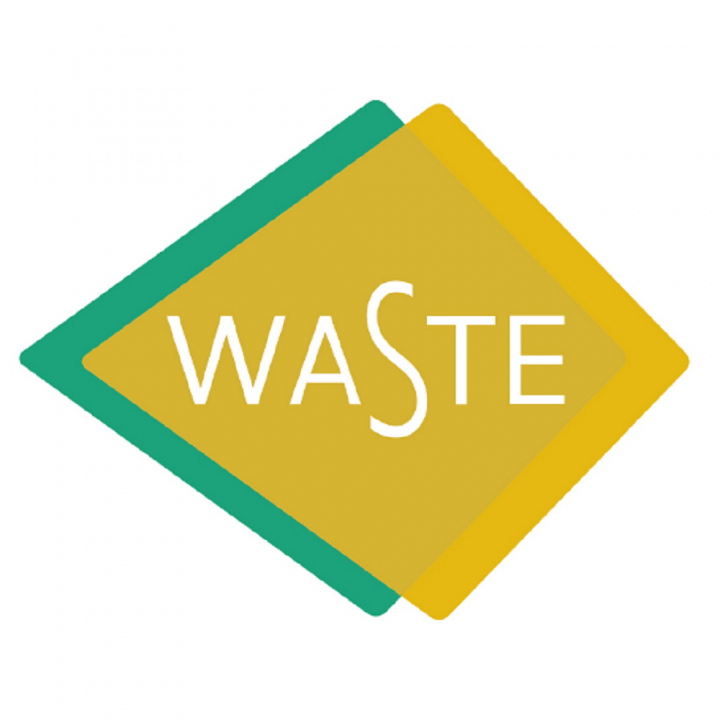Emergency Sanitation Project Phase II (ESP2) To delevelop innovative concepts for sanitation and faecal sludge management in emergency settings
WASTE advisers on urban environment and development
WASTE
In Phase II we aimed to provide further evidence for solving some of the most challenging issues in the sanitation agenda and bringing innovative emergency sanitation solutions to scale. The three most significant gaps in emergency sanitation that required our attention in this project were:
• Excreta disposal in difficult locations (urban, high water table and flooding)
• Latrine emptying and desludging
• Centralised excreta disposal options
Our activities in the consortium: Improved Desludging in Raised Latrines
In Phase I of the project we developed reliable protocols to treat faecal sludge on household scale in laboratory conditions. In the second phase it was therefore time to test and further develop the technology in actual emergy settings. For example, to avoid problems with transport of hazardous faecal sludge from raised latrines to the disposal site, we sanitized the sludge in raised latrines before transfer. At the same time, we improved the conditions inside the raised latrines by reducing foul smell and fly and mosquito breeding.
In ESP1 (Phase 1) we have developed reliable methods to sanitize faecal sludge by means of lime, urea and lactic acid. As part of the Humanitarian Innovation Project, we have added experiences with soda/ Ikati, Phenol and EM. We now have reliable protocols to treat faecal sludge on household scale in laboratory conditions. To avoid problems with transport of hazardous faecal sludge from raised latrines to the disposal site, we now enter the phase where we sanitize the sludge in raised latrines BEFORE transfer. At the same time, we want
to improve the conditions inside the raised latrines by reducing foul smell and fly and mosquito breeding.
The need for innovation to meet the sanitation gap is huge, and was identified in 2013 in a Gap Analysis for Emergency WASH undertaken by Oxfam and funded through the HIF.
The three most significant gaps in emergency sanitation that require attention were:
- Excreta disposal in difficult locations (urban, high water table / flooding);
- Latrine emptying and desludging; and
- Centralised excreta disposal options.

Mission
ESP Phase 2 wishes to contribute and expand the options available to humanitarian organizations for addressing these gaps.Approach
The Emergency Sanitation Project (ESP) is a consortium of humanitarian agencies dedicated to research new technology and methodology for improving the ability of humanitarian organizations to provide sanitation in emergency response. The first phase of the project has led to an array of positive outcomes ranging from the development of sanitation equipment to building alliances with stakeholders including suppliers, product designers, students and field staff. In the second phase the consortium wanted to focus more on innovation in emergency sanitation design and equipment and further developing and testing the most promising technology. With as a final goal to bring these innovations to scale. Impact realised: - More alternative for sanitation in emergencies; - More alternatives for faecal sludge treatment in emergencies. Partners involved: - IFRC, https://media.ifrc.org/ifrc/ (International Federation of Red Cross and Red Crescent Societies - Oxfam GB, https://www.oxfam.org.uk - NLRC, https://www.rodekruis.nl (Netherlands Red Cross)Further comments
QA checked by Elisabeth von Muench on 31 October 2019Project website (brief overview)
Answer questions about the project
Jan Heeger
janheeger@gmail.com
Lauren Pope
lpope@waste.nl
Filter / Tags
Technology comparisonsEmergency and reconstructionProduct design and engineeringGlobalToilets or urinals (user interface)Emptying and transport (non sewered)Treatment of faecal sludgeFaecal sludge treatment processesOtherUnited States governmentCamps (emergency or longer term)PractitionersInternational NGO
Related Countries
MalawiNetherlands
Downloads
The Emergency Sanitation Project Phase 2 Final Narrative Report (June 30, 2019)
Type: application/pdf
Size: 0.88 MB

Project location
